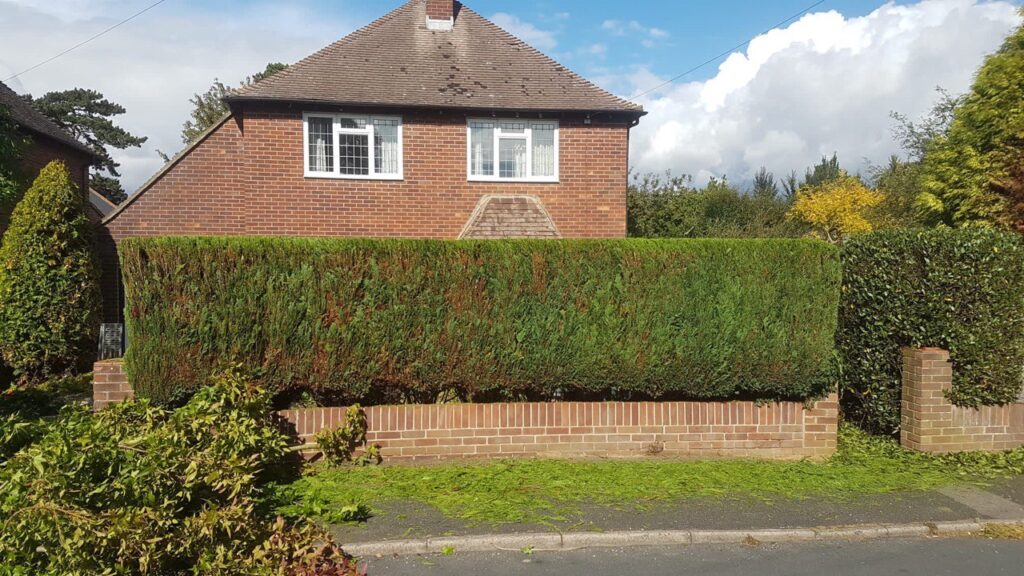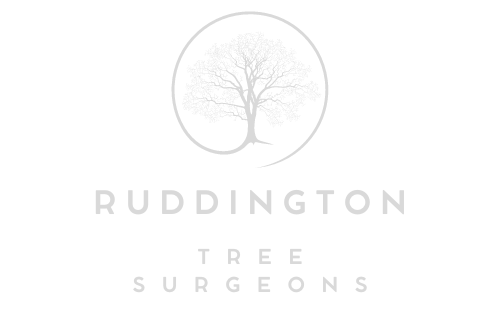Tree Crown Reduction: Preserving Trees in Urban Environments
Introduction: Urban environments present unique challenges for trees, including limited space, restricted root zones, and proximity to buildings and infrastructure. In densely populated areas, trees often face pressure from development, pollution, and human activity, leading to compromised health and structural integrity. As stewards of urban green spaces, tree surgeons play a vital role in preserving trees and enhancing their longevity. One essential practice in urban tree care is crown reduction, which helps maintain tree health and safety while mitigating potential risks. In this blog post, presented by Ruddington Tree Surgeons, we’ll explore the importance of tree crown reduction in preserving trees in urban environments.
1. Managing Tree Size and Structure
In urban environments, space constraints and overhead utilities necessitate careful tree size and structure management. Tree crown reduction involves selectively pruning the outermost branches and foliage to reduce the overall size and volume of the tree’s canopy. By reducing the weight and wind resistance of the crown, crown reduction helps alleviate stress on the tree’s structure, minimising the risk of branch failure and tree toppling, particularly during storms and high winds. Properly executed crown reduction promotes healthy regrowth and enhances the tree’s ability to withstand environmental stressors.
2. Protecting Property and Infrastructure
Trees in urban environments often grow near buildings, roads, sidewalks, and utilities, posing potential risks to property and infrastructure. Overgrown tree crowns can encroach upon structures, obstruct sightlines, and interfere with power lines and communication cables. Crown reduction helps mitigate these risks by maintaining a safe distance between the tree and surrounding structures, reducing the likelihood of property damage and service disruptions. By carefully shaping and thinning the crown, tree surgeons can create a balanced and aesthetically pleasing canopy that enhances the urban landscape while preserving safety and functionality.
3. Enhancing Safety and Visibility
Overgrown tree crowns can obstruct visibility for pedestrians, cyclists, and motorists, posing safety hazards, particularly at intersections and roadways. Crown reduction improves sightlines and visibility by trimming branches and foliage obstructing pathways and traffic signs. Clearing sightlines enhances safety for road users, reduces the risk of accidents, and promotes smoother traffic flow. Additionally, well-maintained trees contribute to openness and spaciousness in urban areas, enhancing pedestrian experience and promoting community well-being.
4. Promoting Tree Health and Longevity
Healthy trees are essential for maintaining urban biodiversity, mitigating air and noise pollution, and providing numerous ecological benefits. Crown reduction is crucial in promoting tree health and longevity by reducing disease risk, pest infestation, and environmental stress. Thinning the crown allows for better air circulation and sunlight penetration, fostering optimal growing conditions for the tree. Additionally, crown reduction encourages new growth and strengthens the tree’s structure, ensuring its resilience in urban challenges.
5. Sustainable Urban Forestry Practices
Sustainable tree care practices in urban forestry are essential for preserving and enhancing the urban tree canopy. Crown reduction is a sustainable approach to tree management that prioritises tree health and safety while addressing the unique challenges of urban environments. Property owners, municipalities, and community stakeholders can invest in professional tree care services to contribute to preserving urban green spaces and the well-being of future generations.
Conclusion: Tree crown reduction is a valuable practice for preserving trees in urban environments, promoting safety, sustainability, and community well-being. Crown reduction plays a vital role in urban forestry by carefully managing tree size and structure, protecting property and infrastructure, enhancing safety and visibility, and promoting tree health and longevity.
Call us on: 0115 647 1186
Click here to find out more about Ruddington Tree Surgeons
Click here to complete our contact form and see how we can help with your tree’s needs.

